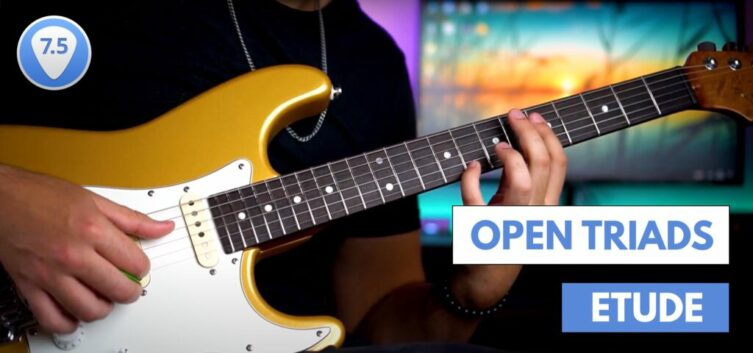
Open Triads: Theory and Shapes on Guitar
If you are looking to improve your improvisation skills on the guitar, here is a lesson by guitarist Alan Iarussi explaining what are triads and why it is important to learn and master them when improvising. Download the Guitar Pro files of the exercises and practice them with the videos and Guitar Pro 7.5.
Summary:
1: What are triads on guitar?
2: Why using open triads?
3: What are the major open triad shapes?
4: How can I practice them?
1. What are triads on guitar?
In music, triads are groups of three notes, the fundamental, the third, and the fifth. We can also call them “three sound chords”. We can find this family of chords in a lot of music styles.
Here is an example of basics triads:
There are different types of triads: open, closed, and perfect.
It’s composed of three notes: the fundamental, the third, and the fifth.
The fundamental
It’s the note who gets the name of the chord. For example: in a Cm chord, C is the fundamental.
It’s often the lower note in the triad.
Here is an example of triads with a root position:
The third
It’s the note which is two steps next to your fundamental (for the tones, depending on if the chord is major or minor). It’s this note which defines if the chord is minor, major, or sus (the third is replaced by a second or a fourth).
To resume really simply and quickly: a major chord sounds happy, and a minor chord sounds sad.
If the chord is major: the note is situated two steps next to the fundamental (this is equivalent to four frets on the guitar).
If the chord is minor, the note will be at 1,5 steps from the fundamental (so 3 frets on the guitar).
You will find an example with this position just behind.

Here is an example on the neck with the first chord C/E.
The fifth
It’s the note who gives the power to the chord (like in power chords). 3 possibilities for this note:
It can be perfect, flat, or sharp.
In case the note is lowered: she will be at 6 steps from the fundamental.
To write it: we have to add a b5 after the name of the chord (Example: Fb5).
In case the fifth is perfect, she will be at 7 steps from the fundamental.
We don’t change anything in the notation of the note.
In case the fifth is augmented: she will be at 8 steps from the fundamental.
To write it: we have to add a #5 after the notation (Example: A#5)
Example on the neck for the C/G chord.
What’s the difference between an open, a closed, and a perfect triad?
The perfect triad is its most simple form: tonic-third-fifth in one octave.
The closed triad is compact but can be reversed.
In this case, the third and the fifth can be replaced with the bass.
(so we have either T-3-5, 3-5-T, or 5-T-3).
The opens triads are more extensive.
Degrees can be moved to higher octaves, so we increase the ambitus.
(the extent from the lowest note to the highest).
2. Why using open triads?
Open Triads are one more tool we have to tell the same story in a different way. They sound amazing if you are going for a fuller and thicker sound but you still want to play simple triads, and not playing 7th chords, which give you a more complex and jazzier sound.
These are simple forms, easy to use, and we can find them in all the music styles. They allow to be well located on the neck and to find the location of each note. Developing them will permit you to work on complex things after. We don’t see the chords like blocks of fixed positions anymore, but we learn how to identify what constitutes them to well control and move them as we want on the neck. We can potentially make everything by manipulating just the triads.
When we combine and manipulate correctly, we can recreate 4 sounds, enriched chords, and even scales. Some guitarists who have got a very complex playing like Lage Lund, use triads a lot.
Why does learning the triads help us to know the place of all the notes on the neck?
We learn to place the important intervals and their geographic locations on the neck. It gives solids bases and in-depth knowledge of the guitar. The first condition to locate well a triad is to know the place of all the intervals, starting with the fundamental, which implies identifying each note everywhere on the neck.
3. What are the major open triads shapes?
As we mentioned before, a major triad has one root, one 3rd, and one 5th. We can do an Open Triad out of a Close Triad by raising an octave of the middle note, but we can also do that same process for all the inversions, in the different string sets.
For example, the first inversion of C major triad is the notes: E (3rd), G (5th), and C (root). If we make it an Open Triad we get E (3rd), C (root), and G (5th).
The second inversion of C major has the following notes: G (5th), C (root) and E (3rd). The Open Triad of this one now would be G (5th), E (3rd) and C (root).

Click on the logo to download the guitar pro file
A Minor Triad has one root, one b3rd, and one 5th. If we go through the same process we did with the major Triad with the Minor Triad now, we get the following shapes.

Click on the logo to download the Guitar Pro 7.5 file
Watch this video to learn more about the Am shapes:
How can I practice them?
First we have to memorize the different shapes, knowing every time what note is the root in each voicing.
As a second step, I love to play Etudes to practice in a musical and fun way the new shapes. Here is a Etude I wrote:
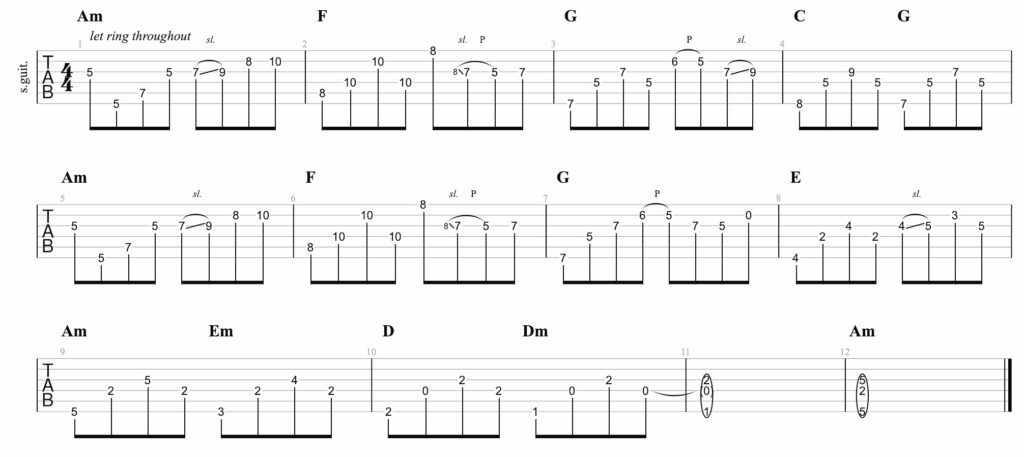
Click on the logo to download the Guitar Pro 7.5 file
Follow Alan Iarussi
Leave a comment
Your email address will not be published.
| Title | Artist | |
|---|---|---|
| Where Do You Go To (My Lovely) | Peter Sarstedt | |
Fat Lip

|
Sum 41 | |
| Rock Bottom | UFO | |
| Fat Lip | Sum 41 | |
Black Night

|
Deep Purple |

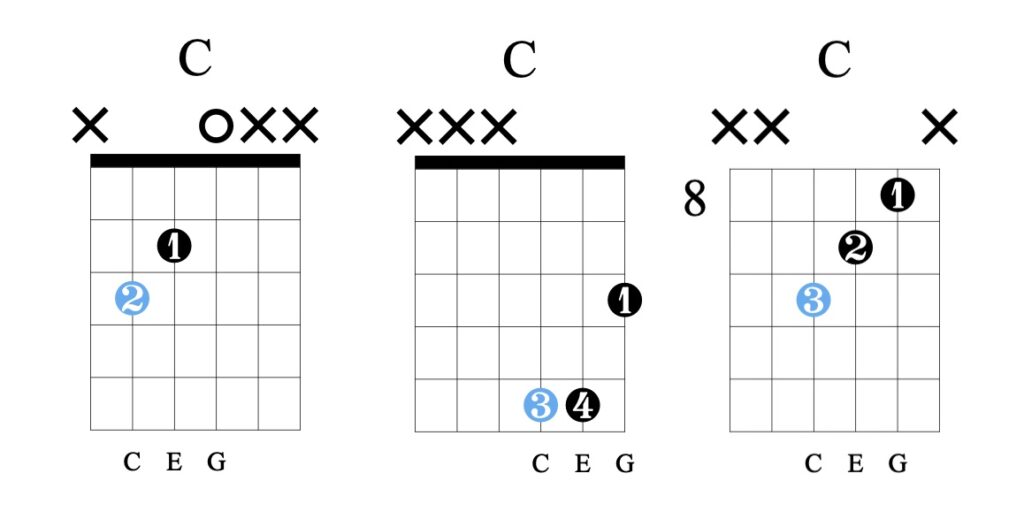
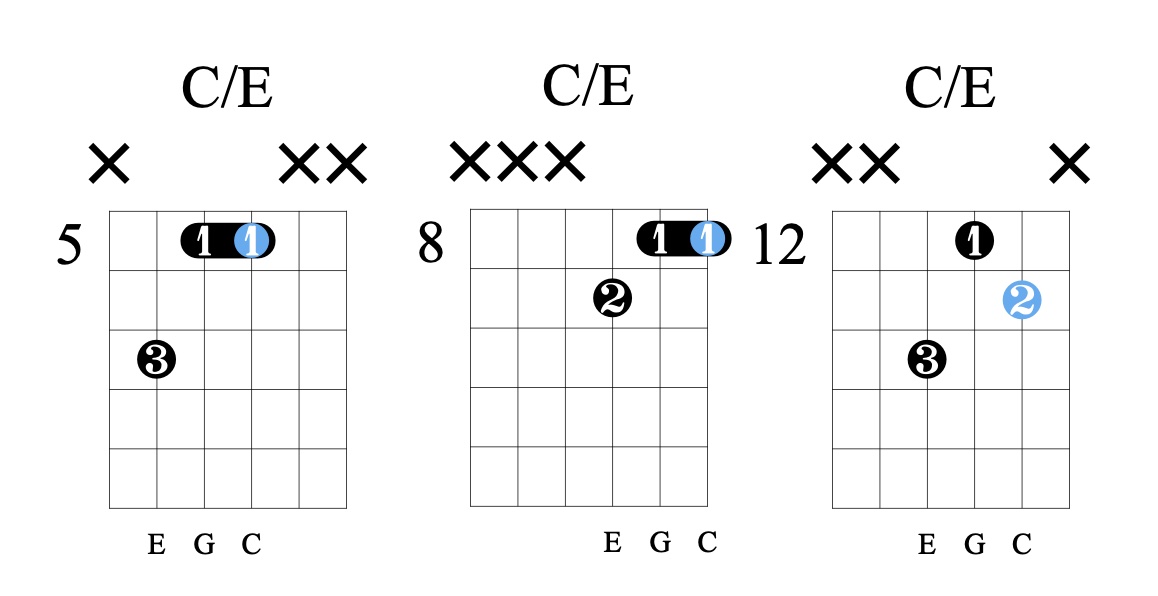
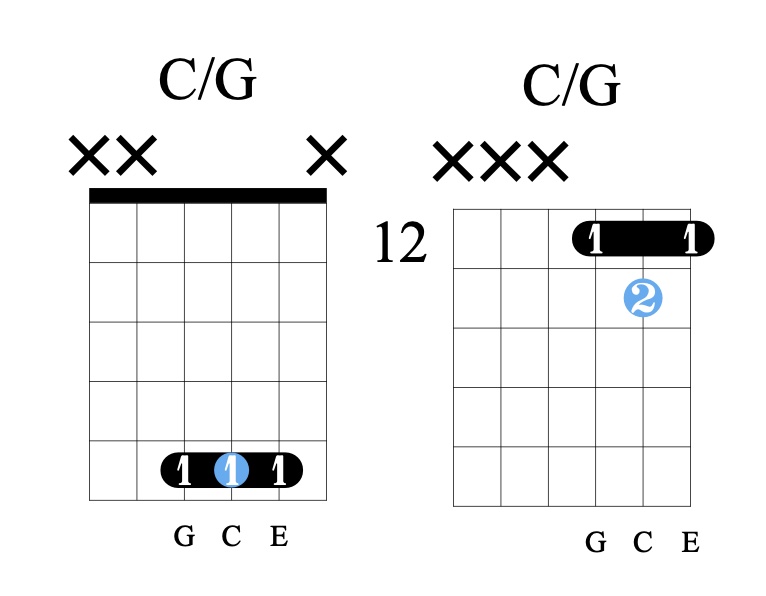
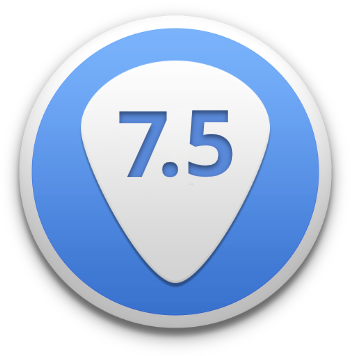


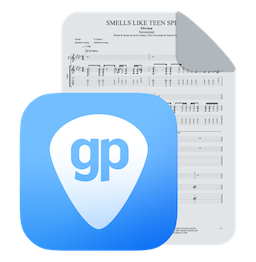
7 Comments
Please use the same chord to show different types, minor, sus, major. etc. If you show variations using a different chord each time is confusing.
Also you talk about the fundamental note of Cm then show the C chord notes to show the fundamental. This is confusing.
This is not helpful if you don’t know enough to spot this errors or know the scales in every note you confuse people.
You assume knowledge from the reader, another teaching common mistake. Use the same note to show the different scales, Explain the major scale (step,step, half-step, step,step,step,half-step) and if you mention the minor, then explain it too. And please stick to the same note, if I show a major scale using C and then a minor using A i will confuse people because the notes are the same. First one needs to learn the concept and then put it into practice to find out things like that after the concept is well understood
Alan is an awesome Player and teacher ! I have first hand experience learning from him !
Such an amazing post! Fun to play.
Ich spiele schon viele Jahre Gitarre 🎸 – und das gar nicht so schlecht – und bin über das CAGED-System nun zu den Triads gekommen, aber warum habe ich nie zuvor etwas davon erfahren? 🤔
Hätte ich doch nur schon viel früher davon gewusst, mein Spiel wäre um vieles besser gewesen 👌
Alan, I would have been a little more clear on exactly what an “open voice triad” is. You never really explain in simple terms what an open voice triad is. You say only “Degrees can be moved to higher octaves, so we increase the ambitus.” but don’t state what an “open voice triad” is in simple terms.
For those interested, Andrew York has a nice little three minute video in which he says in one simple sentence what constitutes and open voice triad. He states simply that “an open voice triad is one in which you skip every other voice”.
For example, consider the 1st, 3rd, 5th voices in a “closed triad” (in this case a major triad. For a minor triad the 3rd would be flattened, of course)…
The possible OPEN VOICE triads for these notes would be as follows:
o 1, 5, 3 (skipping every other voice.)
o 3, 1, 5
o 5, 3, 1
Again, I am using a major triad here as an example. For a minor triad, the 3rd would be flattened by a half-tone, of course.
For a full explanation from Mr. York, please see his 3 minute YouTube video.
Just search for “Andrew York – Improvisation for Solo Guitar Pt 1”
But thank you Alan, for opening up this topic. Your take on triads is very helpful.
Alan,
thank you much for your help. I have been playing for 50 years- you make learning fun,
jay
Hello, Great Lesson. I love it. More More More! Greetings from Germany